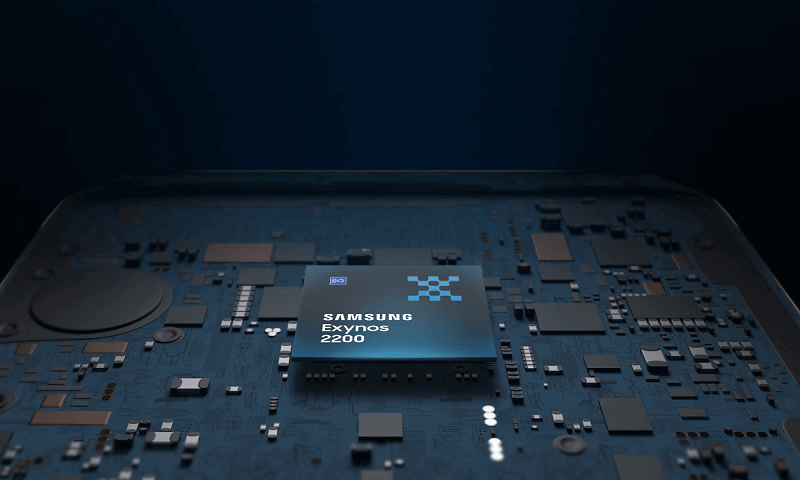The Exynos 2200 is Samsung's new in-house mobile CPU for smartphones. It is the first mobile system-on-a-chip to contain a GPU using AMD's RDNA 2 graphics architecture, allowing for capabilities such as hardware-accelerated ray tracing.
The relationship with AMD has been in the works for quite some time. The two firms originally announced a license agreement in 2019, and AMD confirmed last year that RDNA 2 will be used in Samsung's "next flagship mobile SoC." Samsung previously announced an Exynos 2200 announcement event, which was due to take place on January 11th but was unexpectedly postponed.
The Exynos 2200 is built using Samsung's 4nm EUV technology. This GPU is dubbed "Xclipse" by Samsung, and AMD's SVP of Radeon GPU engineering, David Wang, claims in a statement that it is "the first outcome of several planned generations of AMD RDNA graphics in Exynos SoCs."
The Exynos 2200 CPU is powered by Armv9 cores, including one high-powered Cortex-X2 "flagship core," three Cortex-A710 cores for balanced performance, and four more efficient Cortex-A510 cores. There's also an updated NPU that, according to Samsung, performs twice as well as its predecessor, and the ISP architecture is meant to accommodate camera sensors with up to 200 megapixels, which Samsung revealed last year.
Although models marketed in the United States and select other territories employ Qualcomm's Snapdragon SoCs, Samsung's highest-end Exynos CPUs are often found in the company's flagship Galaxy S phone series. Other phone manufacturers, such as Vivo, occasionally employ Exynos CPUs in their own smartphones, but we'll have to wait until the putative Galaxy S22 is in our hands to see if AMD's technology translates into a significant leap forward in mobile GPU performance.




Comments (0)